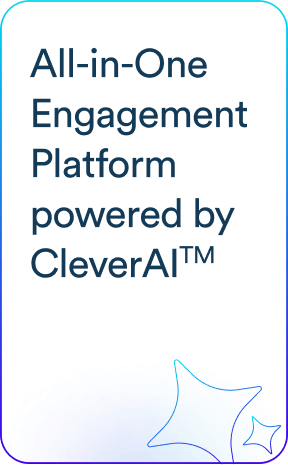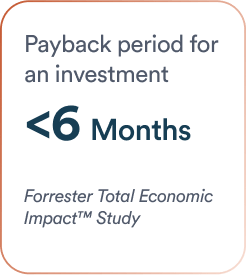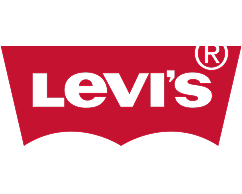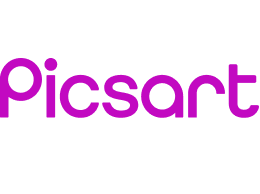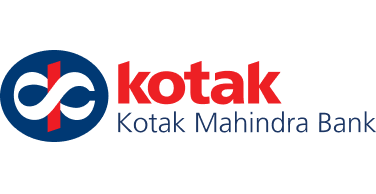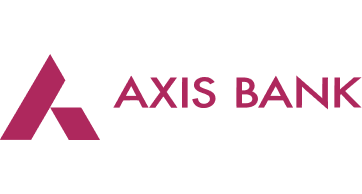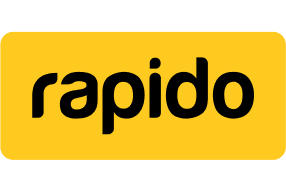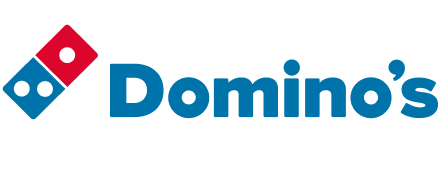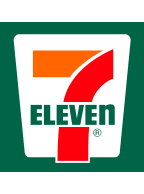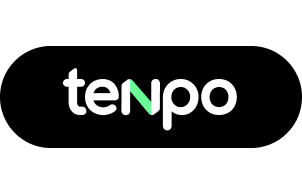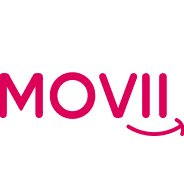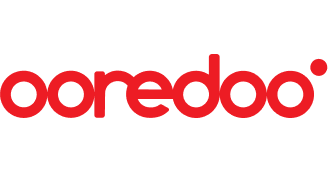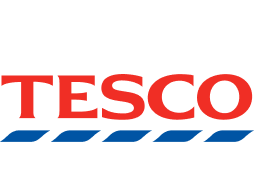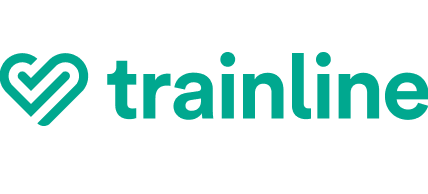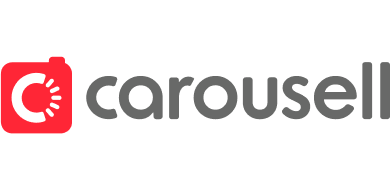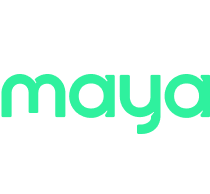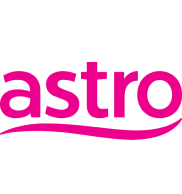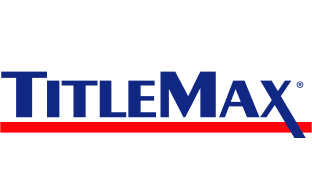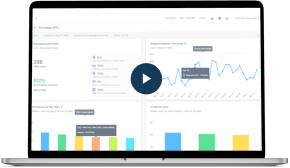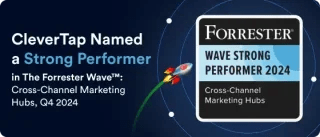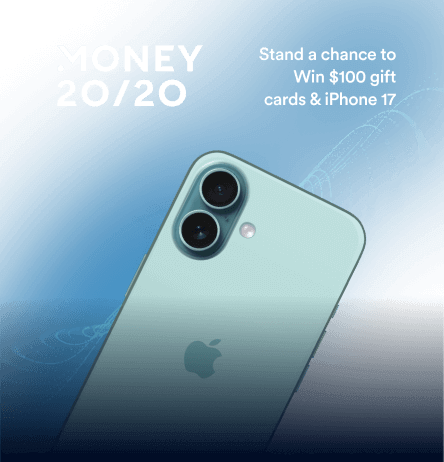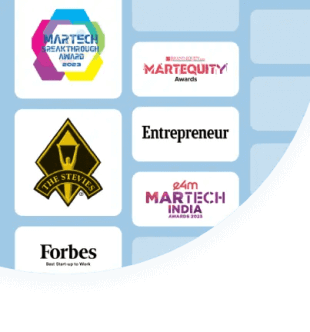Fintech applications face fierce competition for user attention. Only 21% of new fintech app users convert in the first week after installation. It means you must consistently engage users when you’re aspiring conversions.
Push notifications drive users to the application and help them re-engage for different tasks.
This increases engagement and gives users more opportunities to convert. However, to achieve this engagement, your fintech push notifications must drive users in, and the click-through rate (CTR) plays a significant role.
Are CTR and open rate the same in push notifications?
CTR is the percentage of delivered push messages that users click or tap to open your app or a linked action. Open rate belongs to the email marketing side. Push notification open rate is the number of times a push notification was opened to view the full message (or tapped to go into the application). It measures the effectiveness of the timing and preview content of the message.
Click-through rate (CTR) captures actionable engagement. It’s best to track CTR and open rate to distinguish between users who see notifications and those who actively engage.
Prerequisites to Improving Fintech Push Notifications
Before making improvements, we must know the benchmarks toward or beyond which we’ll improve. The global data from CleverTap’s fintech apps benchmark report shows that Android’s average push notification CTR is 9% and iOS is 6%.
Android’s CTR is about 50% higher than iOS’s, likely because Android users opt in to push by default, whereas iOS users must grant permission. Compared to push notifications statistics across different industries, notifications perform 2–3× better than the norm in fintech, reflecting how mission-critical and relevant financial alerts can be to users.
Here’s a quick breakdown of push notifications CTRs across different categories:
- By Device: Android users see ~9% CTR vs ~6% on iOS for fintech pushes.
- By Fintech Segment: Banking and financial services apps average around 8% CTR for push notifications, one of the highest rates across all industries. A highly active segment, like stock trading or crypto, might see spikes in CTR when sending time-sensitive market alerts.
- Segmented vs. Untargeted Campaigns: According to CleverTap’s push notification report, highly segmented push campaigns in fintech average a 16.3% open rate, versus just 4.7% for untargeted campaigns. In other words, a personalized offer like “Hey [Name], your credit score just went up! You’re pre-approved for a better loan rate” is far more likely to earn a click than a one-size-fits-all promo.
These benchmarks will help you identify what to optimize. Once you have recognized where you’re falling short or need improvement, look for these factors below and see which ones are influencing the CTR in your case.
Key Factors Influencing Push CTR in the Fintech Industry
Several factors specific to fintech apps influence push notification performance. Understanding these can help you craft notifications that users want to tap:
Timing and Context
In fintech, timing is everything. Users are most receptive when the message aligns with real-world financial moments. For example, sending a spending summary or savings tip on payday or just after the month-end salary deposit catches users when they’re thinking about money.
Similarly, a stock trading app might send market alerts during trading hours or when the market opens for maximum relevance. Bill payment reminders sent a day or two before the due date yield higher CTRs, nudging users at just the right moment.
Research shows push notifications give the highest CTR from midnight to 1 AM, 7 AM to 8 AM, 12 noon to 1 PM, and 1 PM to 2 PM.
Read in detail: What is the best time to send push notifications?
Urgency and Importance
Many fintech notifications carry a sense of urgency that naturally drives quick clicks. Users are far more likely to engage if a message suggests something is time-sensitive or critical.
When a push feels important, like regarding security, deadlines, or expiring deals, users respond. Use clear, action-oriented language and visual cues like alert emojis or all-caps for “ACT NOW” to convey urgency, but do so genuinely and sparingly. False alarms or overusing urgency might erode trust.
Trust and Security Cues
If your messages are riddled with typos or aggressive marketing gimmicks, they’re likely being ignored, making users suspicious. Ensure your pushes identify your brand/app and use a professional yet approachable tone.
Even subtle factors like using the user’s name or referencing their recent activity reassure them that the message is expected. A trusted notification that feels official and relevant will result in a higher CTR.
Personalization
Generic blasts are easy to ignore. Fintech users have very individual financial situations and respond best to personalized messages. For example, if a mobile wallet app sees a user frequently paying utility bills, it could push: “Pay your electricity bill in 2 taps and get ₹50 cashback, due tomorrow!”. This reminds them of something important and adds value through a reward, improving the chances of getting a click.
One report found that even simple personalization, like using the user’s name, increases open rates by 9%, and adding an emoji in push notifications improves CTR by 5%.
Content Type and Value Proposition
The content of the notification, its message, and offer play a huge role in CTR. Fintech notifications generally fall into a few types, and some inherently drive more clicks:
- Informational Updates: These provide value through insight or positive reinforcement with no ask. For example, “Your credit score increased by 15 points” or “Weekly spending report available. You saved $40 vs last week”.
- Transaction Confirmations: Many users simply read these in the notification shade and do not click since they are just confirmations. For example, “$500 debited for Amazon purchase. Tap to view receipt.”
- Alerts and Warnings: These often see high CTR because they imply a required action. For example, “Low Balance: Your account fell below ₹1,000. Add funds to avoid penalty.”
- Promotions and Offers: If the offer is relevant and valuable, and the copy creates excitement, it gets decent CTR, especially among deal-seekers. However, generic offers that blast to everyone, like “Refer friends and earn rewards!” might only interest a few.
- Calls to Action (CTAs) and Format: How you phrase the CTA matters. Action-oriented, concise copy performs best. Consider rich formats, including an image, GIF, or interactive buttons.
6 Ways to Improve Fintech Push Notification CTRs
This will be more of an experiment for businesses. Use these suggestions to test and adopt the strategies that work for your line of business.
1. A/B Test Everything: Copy, CTAs, Timing, Format
Run A/B tests or multivariate tests on your push campaigns. Split your audience into groups that receive different variants. Test everything, including the message text, tone, length, CTA wording, timing, and notification formats. Fintech marketers often uncover surprising insights this way.
For instance, a Philippine e-wallet app, PayMaya, found that systematically A/B testing their push campaigns gave the team insight into which messages brought out the desired response. The result was 18% improvement in reactivations month-on-month.
Pro Tip: Test in small batches and then roll out the winning variant to a broader audience. For more details, check out A/B testing best practices.
2. Use Rich Media and Dynamic Content
According to a study, rich push notifications can increase open rates by 56%. Still, only 8% of marketers use rich media in their push notification strategy. Considering the impact it delivers, it’s advisable to use rich media and dynamic content in your push notifications’ formats.
Also, ensure it doesn’t hamper the notification’s deliverability. CleverTap’s RenderMax technology ensures push notifications with rich media render on all devices, increasing delivery rates by 90%.
3. Leverage Intelligent Segmentation and AI-Based Targeting
Fintech apps have a wealth of user data that helps define segments. For example, you can group users by stage in the customer lifecycle: new sign-ups vs. active transactors vs. dormant users. You can also segment users by product usage and behavior patterns.
AI-based personalization tools are already showing results. For instance, CleverTap’s AI content generator Scribe helps craft personalized push messages that resonate with recipients and increase the likelihood of interactions. There are also options to optimize messaging and test different variations on different user segments to optimize for CTR.
4. Set Triggers and Automate Event-Driven Notifications
Trigged push notifications are contextually tied to what a user is doing or expecting. For example, suppose a user adds items to a stock watchlist. In that case, trigger price alerts for those specific stocks. The user is inherently interested, so they’ll likely click through on an alert saying, “Your watched stock XYZ is up 5% today. Want to trade?”
When you set up automated push journeys with multi-step sequences based on user events, it operationalizes this at scale. Let’s consider an example to understand clearly. If a user installs an app but doesn’t complete signup within 1 day, you send a push with a signup incentive. If they still don’t sign up in 3 days, send a different message or an SMS.
CleverTap’s IntelliNODE makes this orchestration effortless by dynamically optimizing each user’s journey in real-time, choosing the ideal message, timing, and channel to maximize conversion.
Research reveals that around 76% of new users convert within 7 days when engaged via push notifications. Automating event-driven notifications, especially in the first week, guides users with an early app experience, encouraging 15% of users to make repeat transactions.
5. Use Deep Links to Give a Seamless In-App Experience
Getting a user to click your push is half the battle. The other half is what happens after the click. If tapping a notification drops the user on the generic app home screen, confusion or friction occurs. This prevents the user from completing the intended action, or worse, users start hesitating to click on future push notifications.
Deep links open directly to the relevant screen or feature in the app. They don’t require users to go through any friction, delivering a good experience. Deep linking has proven to increase conversion by 3x compared to standard pushes that open the application. In a broader sense, one report noted an average 66% increase in conversions when deep linking was employed.
6. Optimize Frequency and Quality (Avoid Fatigue)
Sending more pushes does not always equal more clicks. In fact, overloading users will hurt your CTR because they will opt out or unsubscribe. Fintech users are particularly sensitive; nobody wants to feel spammed by their bank or wallet app.
According to research, one push notification a week leads to 10% of users disabling notifications, and 6% to uninstalling the apps.
It’s advisable to monitor your CTR in conjunction with unsubscribe rates. If CTR drops while opt-outs rise, it’s a sign that you’re sending too many irrelevant notifications.
Use Cases of High-CTR Fintech Push Notification
Certain types of push notifications consistently perform well in the fintech sector, for example:
Security Alerts
These are arguably the highest priority messages a fintech app can send. They warn users of potential fraud or unauthorized account access. The alert nature and the need for user action drive extremely high CTRs here.
Transaction Confirmations and Receipts
Every time a user completes a financial transaction, be it a payment, fund transfer, or stock trade, a push confirmation provides reassurance and a record. These fintech push notifications have high delivery and view rates, if not consistently high clicks, but they build trust.
Bill Due Reminders and Payment Notices
Fintech apps often integrate bill pay and reminders for utilities, credit card bills, loan EMIs, subscriptions, etc. These reminders are highly actionable. The user knows they need to pay, and the push provides a convenient prompt.
Personalized Credit or Investment Offers
These are promotional but personalized to the user’s profile, making it more compelling than generic ads. When done right, they achieve above-average CTR for promotional pushes because the user perceives it as relevant and beneficial.
How CleverTap Increases Fintech Push Notification CTRs
CleverTap gives you a platform to segment, personalize, automate, and analyze push notifications while optimizing them for conversions.
Paysend, a global fintech disruptor specializing in money transfer, is one of CleverTap’s customers. The platform helps the fintech application increase user transactions and retention. They achieved a remarkable result with an average push notification CTR of 17%, almost 10x above the industry average.
CleverTap’s features and capabilities help companies like Paysend and several other companies get impactful results from their pushes. Below are some of the key features that such companies use.
- Advanced Segmentation and Behavioral Analytics: It helps understand how users move through funnels and where they drop off. This gives insights to create segments and especially target users to educate, engage, and convert effectively. Using this feature, Paysend realized they were sending generic pushes earlier. CleverTap helped them trigger contextual notifications based on user actions.
- A/B Testing with Split Delivery: CleverTap’s Split Delivery feature allows testing different languages for notifications. For instance, French-speaking users can try one version of a push in French vs. another in English to see which performs better.
- Automated Journeys and Triggered Campaigns: CleverTap Journeys allows users to set up multi-channel campaigns triggered by user behavior. In Paysend’s case, journeys aligned with key growth goals like increasing repeat transactions and reactivating dormant users. Paysend saw the number of users repeating transactions increase by 23% quarter-over-quarter.
- Real-Time Personalization and AI: CleverTap’s Clever AI engine suggests optimal send times, message content, and target audiences while analyzing patterns across millions of data points.
- Push Delivery Maximization: Features like RenderMax (proprietary to CleverTap) ensure that even hard-to-reach devices, such as Android phones aggressively killing background processes, still reliably receive and display push notifications.RenderMax boosts render rates up to 90% by overcoming OEM-level restrictions with advanced push amplification and custom rendering logic. It also ensures consistent delivery during low-power states, dramatically improving campaign visibility and ROI.
There’s much more that CleverTap offers when you start leveraging it to automate app marketing strategies in your business.
Boost push CTRs with CleverTap’s personalization and automation engine.
Optimize Push Notification CTR with Confidence
To maximize the value of sending push notifications, use technology that makes you effective while increasing your efficiency at scale. Focus on key factors and implement sure-shot ways to improve push notifications’ CTR to lead more users toward the desired actions.
CleverTap analytics give you comprehensive insights into what’s working, so you have data to refine your approach. Optimize consistently and let the right user see the right message at the right time.
Ready to supercharge fintech app engagement? Book a demo with CleverTap and implement best practices strategically.
Shivkumar M 
Head Product Launches, Adoption, & Evangelism.Expert in cross channel marketing strategies & platforms.
Free Customer Engagement Guides
Join our newsletter for actionable tips and proven strategies to grow your business and engage your customers.

